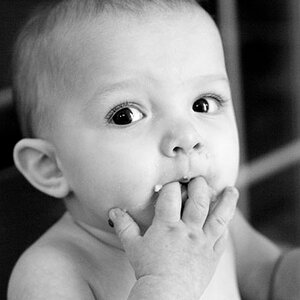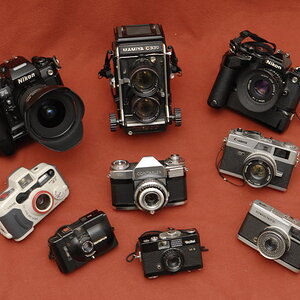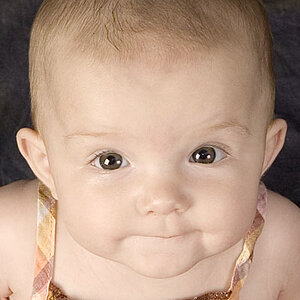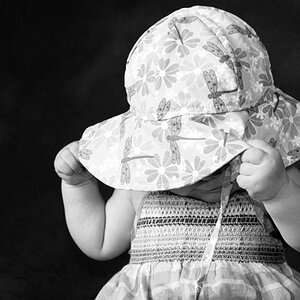alexanderhip
TPF Noob!
Hi, I ve been doing a lot fo reading based on Ansel Adams "Zone system", its the ultimate way for determining correct exposure levels. And several other fine details. I have been interested in purchasing Ansel Adams 'The Negative' which goes in to great detail about the zone. I have also looked on several websites based on that information. But what I am wondering is there a more simplified version of the 'Zone system' out there, either on the internet or in a book store? All that Ive read can be confusing at times, but I really want to understand as much as possible, in order to have total control of my final image.
Thanks for your help.
Thanks for your help.









![[No title]](/data/xfmg/thumbnail/34/34040-14af4007923299ad46d35fc110d0faad.jpg?1619736250)



